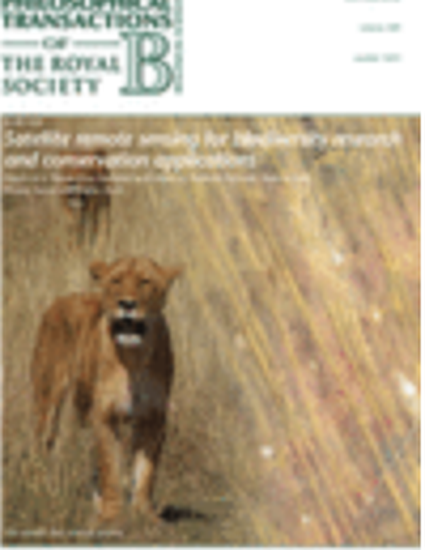
Article
Imaging spectroscopy links aspen genotype with below-ground processes at landscape scales
Philosophical Transactions of the Royal Society of London B
(2014)
Abstract
Fine-scale biodiversity is increasingly recognized as important to ecosystem-level processes. Remote sensing technologies have great potential to estimate both biodiversity and ecosystem function over large spatial scales. Here, we demonstrate the capacity of imaging spectroscopy to discriminate among genotypes of Populus tremuloides (trembling aspen), one of the most genetically diverse and widespread forest species in North America. We combine imaging spectroscopy (AVIRIS) data with genetic, phytochemical, microbial and biogeochemical data to determine how intraspecific plant genetic variation influences below-ground processes at landscape scales. We demonstrate that both canopy chemistry and below-ground processes vary over large spatial scales (continental) according to aspen genotype...
Disciplines
Publication Date
2014
DOI
https://doi.org/10.1098/rstb.2013.0194
Publisher Statement
Highlighted in editorial introduction this special issue on “Satellite remote sensing for biodiversity research and conservation”
Citation Information
Karen E. Mock. "Imaging spectroscopy links aspen genotype with below-ground processes at landscape scales" Philosophical Transactions of the Royal Society of London B Vol. 369 Iss. 1643 (2014) Available at: http://works.bepress.com/karen_mock/87/
